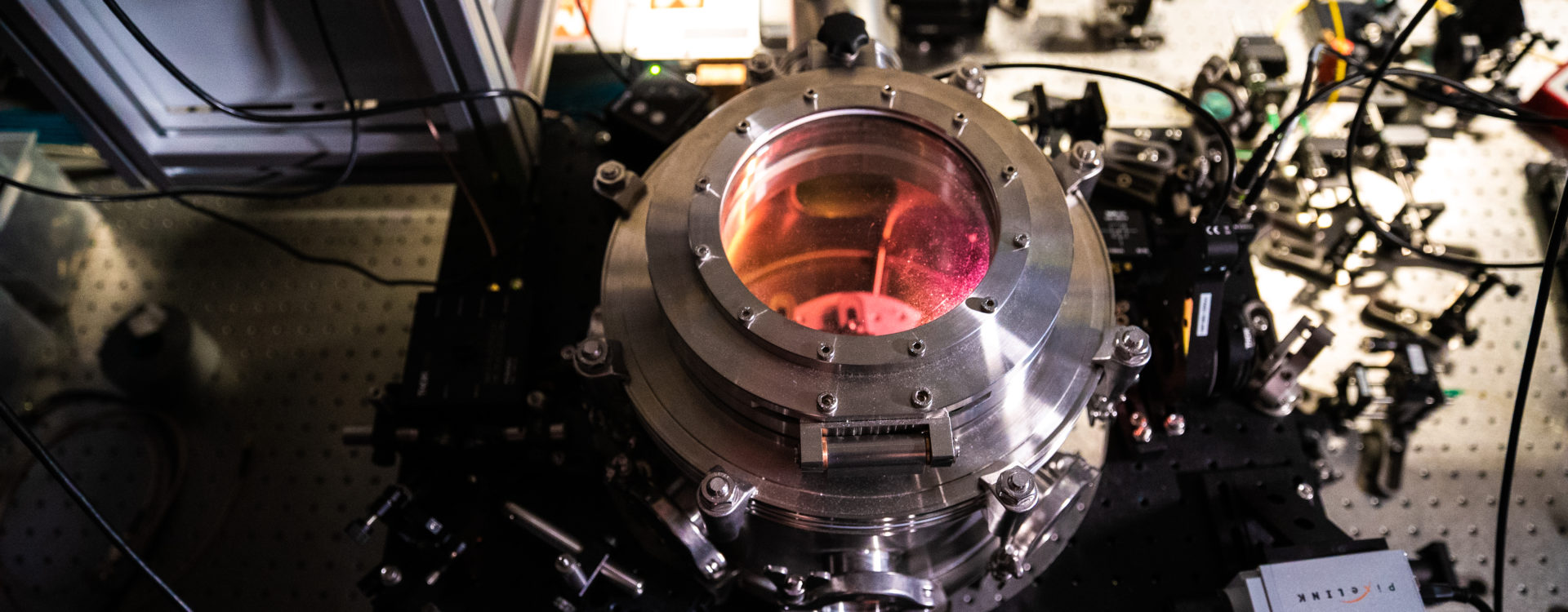The Sydney quantum community are after bright minds to work on the next breakthroughs in quantum science and technology.
Research projects on offer
Our Sydney network of quantum experts are seeking PhD, Honours and Master students to work on various quantum science and technology research projects. Projects suit both experimentalists or theorists and driven individuals with backgrounds across a range of disciplines such as physics, computer science, engineering, chemistry or mathematics.
Applications for the Master of Research Scholarships at Macquarie University are now open to domestic students from any discipline—but your project must explore a quantum-related topic. Please refer to the project list below—note that it is not exhaustive. Applicants are also welcome to propose their own quantum-related research projects.
Our PhD scholarship program offers an array of research projects spanning quantum science and technology across our partner universities. To find a research project, filter projects by university or research specialisation at the PhD level. Please note this list is not exhaustive. You can also use our database to search for experts/supervisors based on their research interests and discuss other opportunities. We recommend contacting a prospective supervisor in advance of applying for our scholarship programs.
How to use the filter - view by university, study level or use the general search field to view by quantum research field e.g. communication, sensing or computing/computation.
General search and filters
Atomically thin van-der Waals materials
Prof Alex Hamilton, Dr Feixiang Xiang
This project would suit: An experimentally focussed materials scientist, chemist or physicist
Automated laser beam alignment optimization using machine learning techniques
Dr Eric Howard
This project would suit: This Master's project is suited to graduates with a strong background in electronics or optoelectronics and an interest in embedded systems and quantum/atomic physics.
Building next-generation superconducting quantum circuits
Dr Xanthe Croot
This project would suit: Physics, Electrical Engineering, Computer Science
Development of plasma technologies for functionalization of advanced materials and removal of chemical contaminants from water.
Prof Charlene Lobo
This project would suit: This project would suit physics, electrical/materials engineering or applied physics majors
Engineering topological quantum states in 2D materials
Prof Alex Hamilton, Dr Feixiang Xiang
This project would suit: Physics, Electrical Engineering, Materials Science




